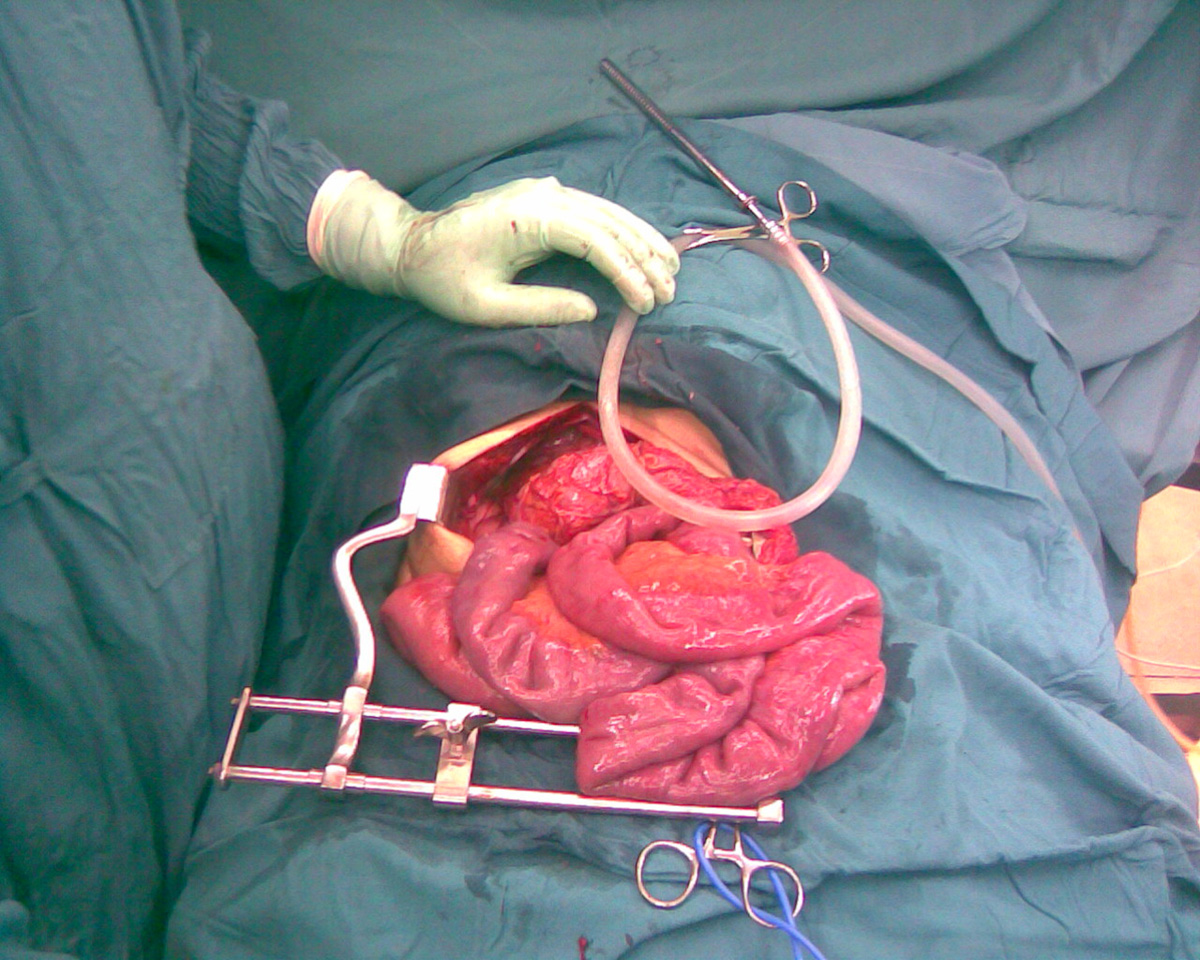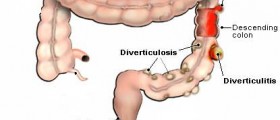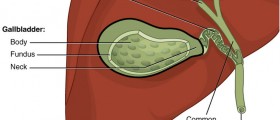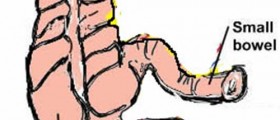
What is volvulus?
Cecal Volvulus
Cecal volvulus is not so common as sigmoid volvulus. Caecum is the very beginning of the large intestine. Twisting of this segment can eventually lead to volvulus. The patient will complain about severe abdominal pain, flatulence, and accompanying nausea and vomiting. Plain abdominal x ray will point to accumulation of gas and fluids in caecum. CT scan may provide with better insight of the volvulus. In some cases this medical condition can be repaired by simple colonoscopy and if any of the potential complications occur one needs to undergo surgical procedure.
Sigmoid Volvulus
Sigmoid colon is actually the terminal part of large intestines. Anatomic abnormalities may be one cause of sigmoid volvulus. Some diseases such as megacolon also carry a risk for intestinal obstruction. However, obstruction may occur even in people who are not predisposed to this medical condition.
The symptoms include acute and rather intensive abdominal pain. Patient can additionally complain about nausea, vomiting, bloating and absence of stool and gases. The symptoms can become even more severe, if any of the complications develop. Plain abdominal x ray is helpful in setting of the diagnosis. The part of the colon that got twisted can be placed back to its original place by simple sigmoidoscopy. If the affected tissue has already started to decay one needs to be operated as soon as possible.
Complications of Volvulus
If the diagnosis of volvulus is set on time patients need not be operated and the normal passage of the stool can be perfectly achieved by minor medical procedures such as colonoscopy or sigmoidoscopy.
Still this condition is most commonly followed by certain complications. Prolonged vomiting may result in dehydration. Excessive dehydration can cause shock and shock can additionally result in kidney failure. All of the mentioned are life-threatening conditions.
Insufficient blood supply of the affected intestine eventually leads to gangrene and the affected portion of colon dies. The tissue decomposes and the perforation occurs. All the content of the intestines enters peritoneal cavity and leads to peritonitis. Symptoms and signs of peritonitis include nausea, vomiting, severe abdominal pain and distension, increased body temperature and chills, excessive thirst and decreased urination. Peritonitis can additionally lead to shock. Shock is potentially lethal condition if not recognized and treated on time.

















Your thoughts on this
Loading...